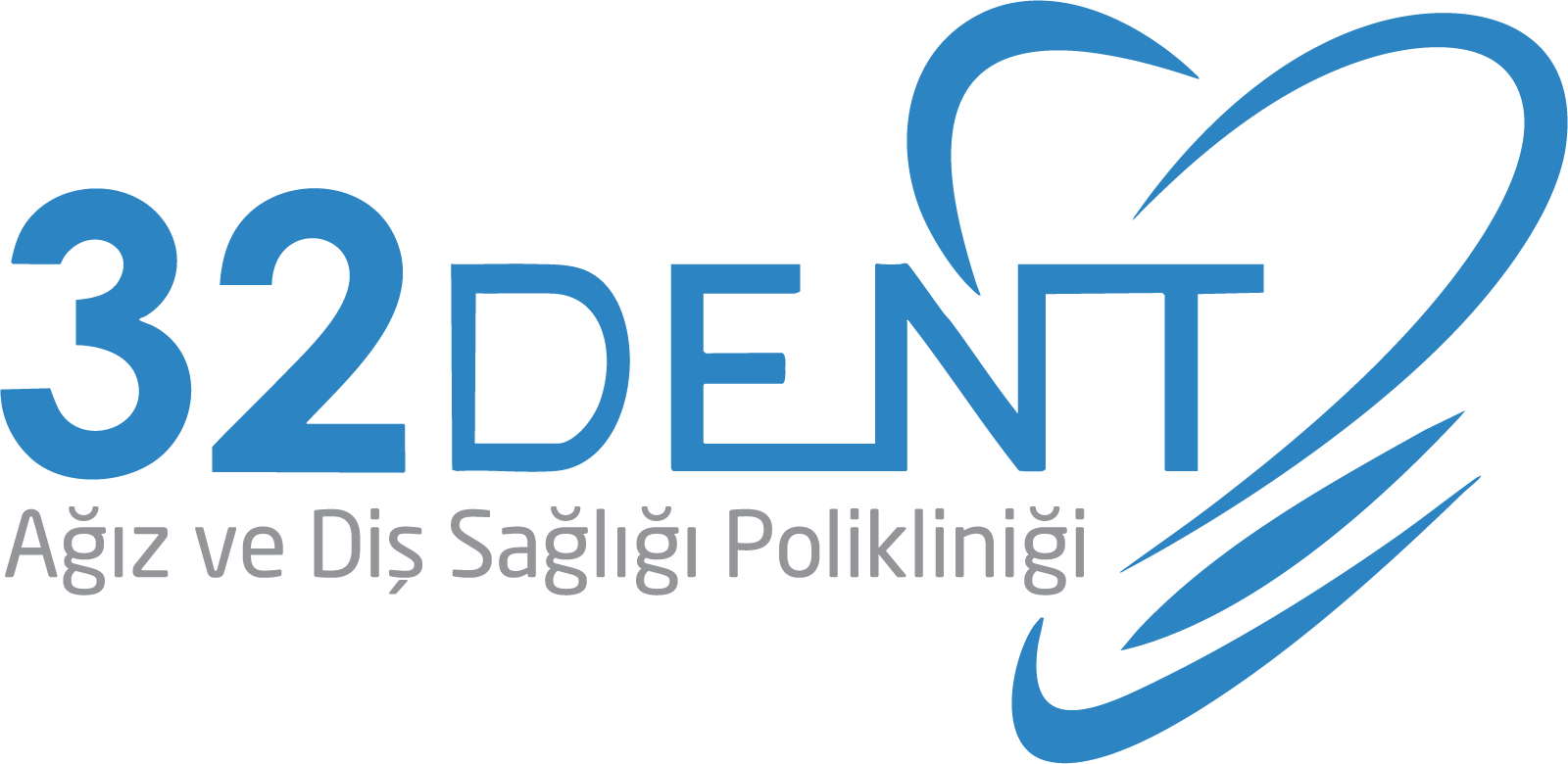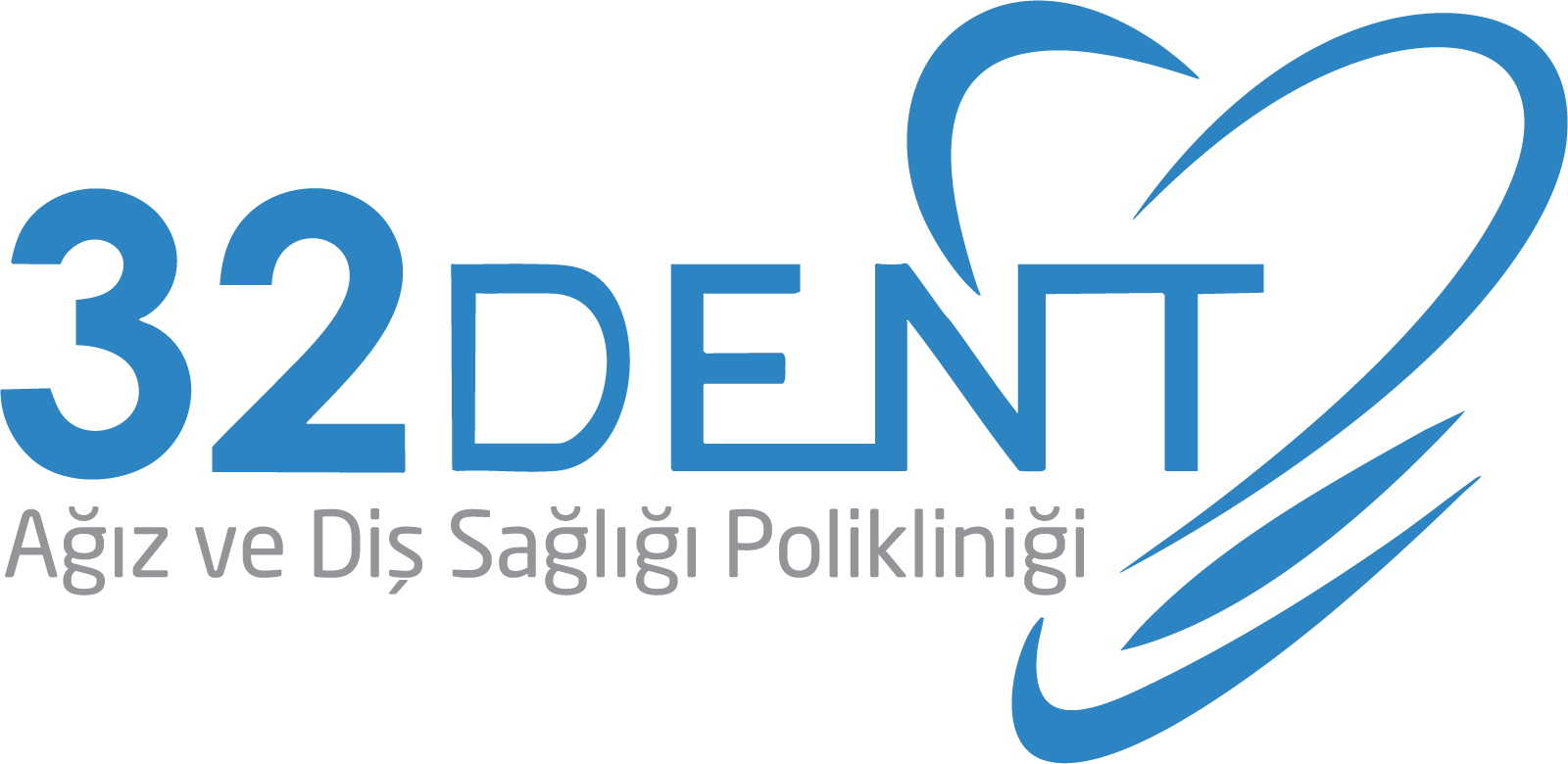Oral and dental health practices of children require different approaches than adults. Just as there is a difference between deciduous teeth and permanent teeth, the perspective of adults and children on treatment is also different. In addition to treatment procedures, dentistry in children includes more preventive approaches than in adults.
How should oral dental care be in children?
Babies' first teeth begin to erupt at about 6 months of age. Since there will be deposits on the teeth from this time, they must be cleaned. Especially in children who use bottles and sleep in this way, a high incidence of caries is seen because cleaning cannot be done during the night. Teeth and the inside of the mouth of babies should be cleaned daily with a clean gauze cloth before going to sleep. Since the plaque collection capacity will increase as the milk teeth take their place in the mouth, the teeth should be brushed with special brushes available for each age group. Until the age of 3, paste should not be used, starting from the age of 3, lentil-sized paste should be used and care should be taken to ensure that the child does not swallow the paste.
The child should be taken to the first oral examination from the age of 1 at the latest and to regular dental check-ups every 6 months from the age of 3 at the latest.
Around the age of 6-7, the child starts to lose his/her deciduous teeth and starts to grow permanent teeth instead. The intermittent arrangement of milk teeth will be replaced by tight contacts in permanent teeth. It is necessary to start flossing from this period.
Parents should definitely help their children until they can clean their teeth properly. Your dentist will help you how to do this.
Common Problems in Children
Caries When a sticky and sugary diet is combined with careless oral care, caries is inevitable. It is very wrong not to treat the decays in deciduous teeth with the logic that ‘a new one will replace them anyway’. If these are left untreated, the decay will spread to the healthy deciduous teeth or permanent teeth if they are in the mixed dentition period. In addition, permanent teeth are located just below the deciduous teeth in the bone before eruption. A serious infection in the deciduous tooth may cause the permanent tooth below to not erupt as it should or to be ‘diseased’.
Fractures: Children are exposed to a lot of trauma while growing up. Therefore, fractures of the upper incisors are very common. In such a case, it is necessary to consult a doctor immediately, whether there is pain or not. In some cases, if there is a broken piece, it is even possible to reattach it to the tooth with bonding procedures.
Complete separation of the tooth from the bone: If the tooth is a permanent tooth, it is necessary to apply to a dentist within 30 minutes at the latest by washing the tooth under cold water without touching the root part if possible, placing it in the place where it comes out after washing the tooth under cold water and biting a clean gauze, or if this is not possible, warm milk, saline, or if these are not available, preserving it in warm water.
Baby Bottle Caries: This type of caries is common in children who use bottles, sleep with bottles, use pacifiers soaked in honey or sugar. They usually start as chalky spots on the upper incisors close to the gums. They are reversible at this stage. If they are not recognised, they quickly turn brown and turn into wet caries. If left untreated, the teeth are destroyed in a short time and sometimes even broken at the root level. This is a problem that significantly affects the child's health as well as social development.
1-Feed your baby with breast milk for the first 6 months.
2-Babies should not be put to sleep with a bottle containing liquids such as breast or cow's milk, baby food, fruit juice in their mouths.
3-Bottle use should be stopped between 12-14 months and babies should be accustomed to giving liquid drinks other than water with spouted glasses as soon as possible.
4-Drinks other than water should be given with main and snack meals.
5-Foods with high sugar content such as sugar, honey, molasses should not be added to the milk in the bottle.
6-Pacifier tips should not be dipped in honey or sugar.
Preventive Treatments
Fluorine Application
When fluorine is applied topically to the teeth, it increases the resistance of the teeth against caries. Fluorine can be applied to children in the following ways:
Teeth are brushed twice a day with fluorised toothpaste. If deemed appropriate, fluorine tablets may be recommended.
By your dentist ;
- Fluorine gels
- Fluorine lacquers
- Fluorine tablets can be applied.
Fissure Sealant Application
When deciduous and permanent teeth are newly erupted in the oral environment, they are highly prone to dental caries in this period since their enamel layers have not completed their maturation. Pit and fissure caries constitute 80% of all caries seen in children. Fissure sealants should be applied to prevent the formation of dental caries in children prone to caries, physically or mentally disabled patients who cannot perform oral hygiene sufficiently, and oncology patients undergoing radiotherapy with blood disorders such as haemophilia.
It is not removed from the tooth tissue during fissure sealant application and is painless.
Placeholders
One of the most important tasks of deciduous teeth is to guide the permanent teeth that will erupt in the future. Premature loss of deciduous teeth due to caries or dental trauma causes the neighbouring teeth to move towards the extraction cavity and close the cavity, resulting in space loss and crowding. Most of the time, long-term and expensive orthodontic treatments are required to eliminate these space losses. For this reason, the space created by the lost tooth must be protected by a placeholder until the permanent tooth below it erupts.




